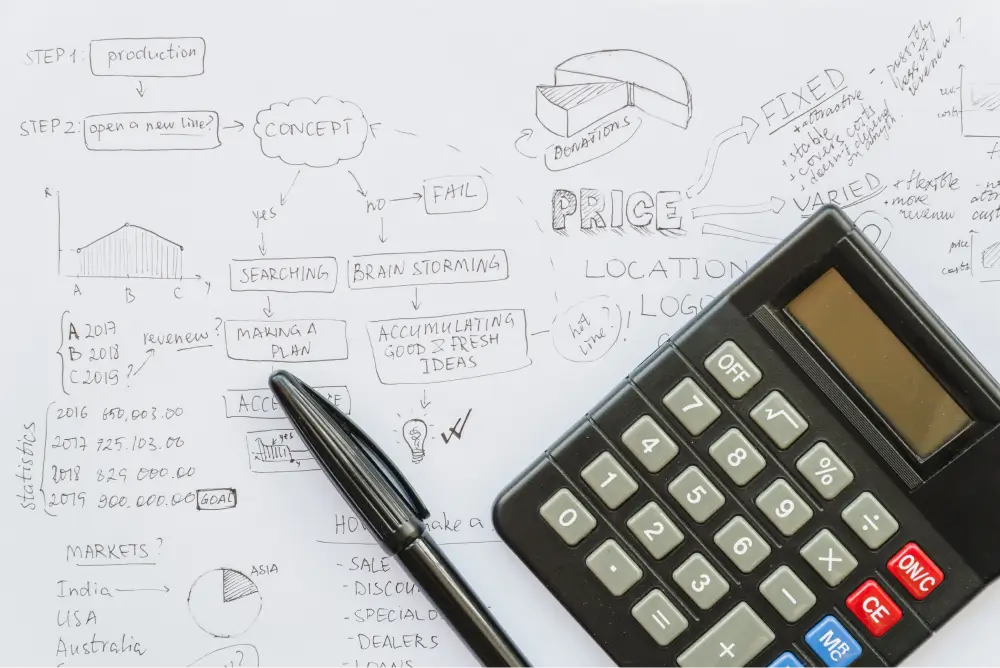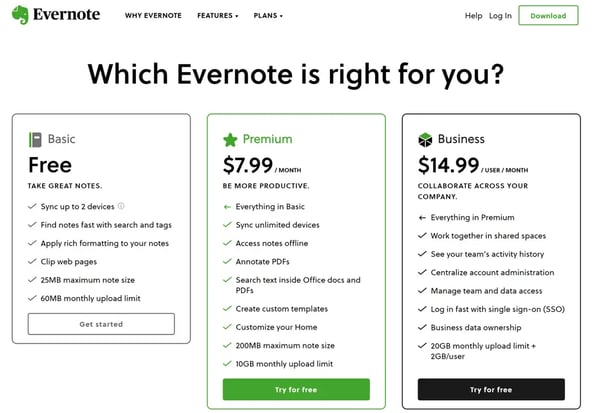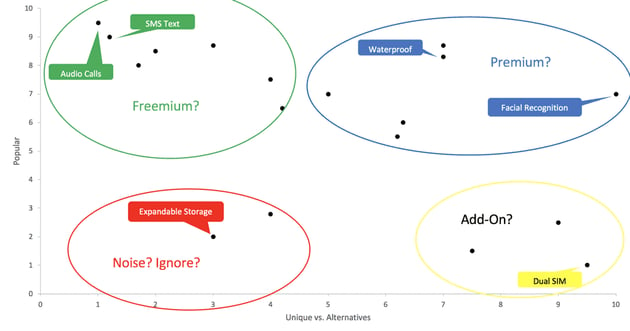11-point checklist to build a SaaS product pricing strategy
Developing your pricing strategy for SaaS products is one of the most strategic activities of the SaaS Chief Marketing Officer. Learn about our SaaS...

Pricing a SaaS product is one of the most powerful growth levers a founder can pull. The right pricing strategy can accelerate market adoption, maximize recurring revenue, and optimize customer retention. The wrong one? It can lead to stalled growth, high churn, and wasted acquisition costs.
Many SaaS companies approach pricing as an afterthought, often defaulting to competitor-based pricing or simple cost-plus models. But pricing should be intentional, strategic, and aligned with business goals at every stage of growth.
In this guide, we’ll break down the core elements of SaaS pricing, the models and strategies that work, and how to refine pricing for long-term profitability.
Your pricing model affects customer acquisition, retention, expansion, and product positioning. A well-optimized pricing strategy can help you:
The best SaaS companies continuously iterate on their pricing, testing and refining it based on customer behavior, product maturity, and competitors.
There’s no one-size-fits-all approach to SaaS pricing. The right model depends on your target market, product complexity, and revenue strategy.
Here are some of the most common pricing models and when to use them:
Understanding when to use each model, and when to switch, is key to optimizing your pricing strategy.
Beyond choosing a model, SaaS pricing should align with a strategy that supports customer acquisition, expansion, and profitability. Here are three core pricing strategies:
Founders should avoid pricing purely on costs or competitors. Instead, focus on customer willingness to pay and value delivered.
Most SaaS pricing pages use a three-tiered pricing structure, based on pricing psychology:
Many SaaS companies implement tiered pricing but fail to optimize these tiers for maximizing conversions and expansion revenue. The goal is to make the Hero plan the obvious choice while strategically placing the other two as reference points.
Remember, you don't want people to buy your Decoy, and you don't count on them buying your Anchor. Here’s an example of the three-tiered pricing approach we described above:

What often gets forgotten is to make sure the Hero SKU/Price/Plan is optimized for the correct SaaS Key Performance Indicator (KPI) given the maturity of your SaaS business.
When you're still in the early stage of your growth, you may want your Hero SKU to be optimized around driving customer satisfaction and market share.
Once you’re getting further down your product maturity journey your Hero should be the optimal choice to drive Revenue growth, and ultimately Profitability (don't create a Hero with a high Cost-to-Service).
Create a Hero price option, and align it with the right KPIs for your growth stage.
Your customers don’t all have the same needs, budgets, or willingness to pay, so why offer just one price? Segmenting pricing by customer type allows SaaS companies to:
Consider the following:
Segmenting pricing ensures that you're not leaving money on the table or pricing out your best-fit customers. When done right, it maximizes revenue efficiency, enhances customer satisfaction, and strengthens market positioning.
You can price based on cost (of service), value delivered or what the market bears. Here is an easy model that I learned when doing Product Marketing for Microsoft Office.
It still is very useful to think through your pricing model.
Prioritize your product capabilities by mapping them across two dimensions:
Use a scale of 1 - 10, where 1 is the least unique/popular and 10 is the most unique/popular.
Example:
| Feature | Unique (1-10) | Popular (1-10) |
|---|---|---|
| Audio Calls | 1 | 10 |
| Battery Life | 4 | 7.5 |
| BlueTooth | 1.7 | 8 |
| Dual SIM | 9.5 | 1 |
| Expandable Storage | 3 | 2 |
| Facial Recognition | 10 | 7 |
| Fingerprint | 7 | 8.3 |
| HD Photos | 4.2 | 6.5 |
| HD Video | 6.3 | 6 |
| Infrared Remote | 9 | 2.5 |
| Keyboard | 4 | 2.8 |
| NFC | 7.5 | 1.5 |
| Photos | 3 | 8.7 |
| SMS Texting | 1.2 | 9 |
| Video | 5 | 7 |
| Waterproof | 7 | 8.7 |
| WiFi | 2 | 8.5 |
| Wireless Charging | 6.2 | 5.5 |
Now plot the features above in a 10x10 matrix using these two Axis. You should have the following quadrants:

A great pricing model is never static. A/B test price points, survey customers on pricing sensitivity, and analyze churn vs. conversion rates to ensure your tiers align with customer willingness to pay.
Also, different SaaS stages require different pricing goals:
By continuously evaluating your pricing structure against business objectives, you ensure sustainable revenue growth while maintaining customer satisfaction.
When do you use a Trial/Buy model vs. Freemium/Premium?
They are not mutually exclusive.
A trial program is ideal to let many people test drive your Premium SKU before you ask them to pay. It can get confusing to have Trial/Buy next to Freemium offerings so I recommend you pick one (or test).
Mixing both can create confusion, so choose based on your sales motion and customer journey.
Building a scalable and profitable SaaS pricing structure takes research and time. Don't create prices out of thin air, use these guidelines and our SaaS pricing guide to map out your pricing design. Here’s how:
🔹 A/B test pricing pages to see what converts best.
🔹 Analyze LTV:CAC ratios to ensure pricing supports sustainable growth.
🔹 Monitor churn and upgrade rates to fine-tune price-to-value alignment.
In the long-run, you'll be glad you invested the time and resources to build this.
To learn more about SaaS pricing, check out the following resources:
Pricing can make or break your SaaS business.
If you want expert guidance on refining your pricing model, Kalungi is here to help. Book a free discovery call with our team to discuss your pricing strategy and unlock sustainable growth.
Stijn is Kalungi's co-founder and board member. He is a serial SaaS marketing executive and has over 30 years of experience working in software marketing. He is co-author of the T2D3 book and masterclass that helps startups drive exponential growth.
Developing your pricing strategy for SaaS products is one of the most strategic activities of the SaaS Chief Marketing Officer. Learn about our SaaS...
When was the last time you evaluated your product pricing model? It’s time to learn about how value-based pricing can help your SaaS company. Keep...
Here are multiple articles/a video about the different aspects of creating, optimizing and evolving your pricing strategy for SaaS products and...
Be the first to know about new B2B SaaS Marketing insights to build or refine your marketing function with the tools and knowledge of today’s industry.